


Road Tips – The F# = ?
You are unauthorized to view this page.
Rush Street Etude – Tenor Version
You are unauthorized to view this page.
Rush Street Etude – Alto Version
You are unauthorized to view this page.

by musictech | Oct 4, 2020 | CHORD STUDIES, HIP LICKS, JAZZ LANGUAGE, PRACTICE STRATEGIES, VOCABULARY
You are unauthorized to view this page.
by musictech | Oct 4, 2020 | ROAD TIPS, THEORY GAMES
You are unauthorized to view this page.
by musictech | Oct 4, 2020 | ETUDE STUDIES
You are unauthorized to view this page.
by musictech | Oct 4, 2020 | ETUDE STUDIES
You are unauthorized to view this page.
by musictech | Oct 4, 2020 | INTERVAL STUDIES
You are unauthorized to view this page. Hip Licks for Trumpet iPhone / iPad App
$13.99
Hip Licks for Trumpet iPhone / iPad App
$13.99
 Jazz Studios designer T-Shirt (Size XX-Large)
$24.95
Jazz Studios designer T-Shirt (Size XX-Large)
$24.95
 Jazz Studios designer T-Shirt (Size X-Large)
$24.95
Jazz Studios designer T-Shirt (Size X-Large)
$24.95
 Jazz Studios designer T-Shirt (Size Large)
$24.95
Jazz Studios designer T-Shirt (Size Large)
$24.95
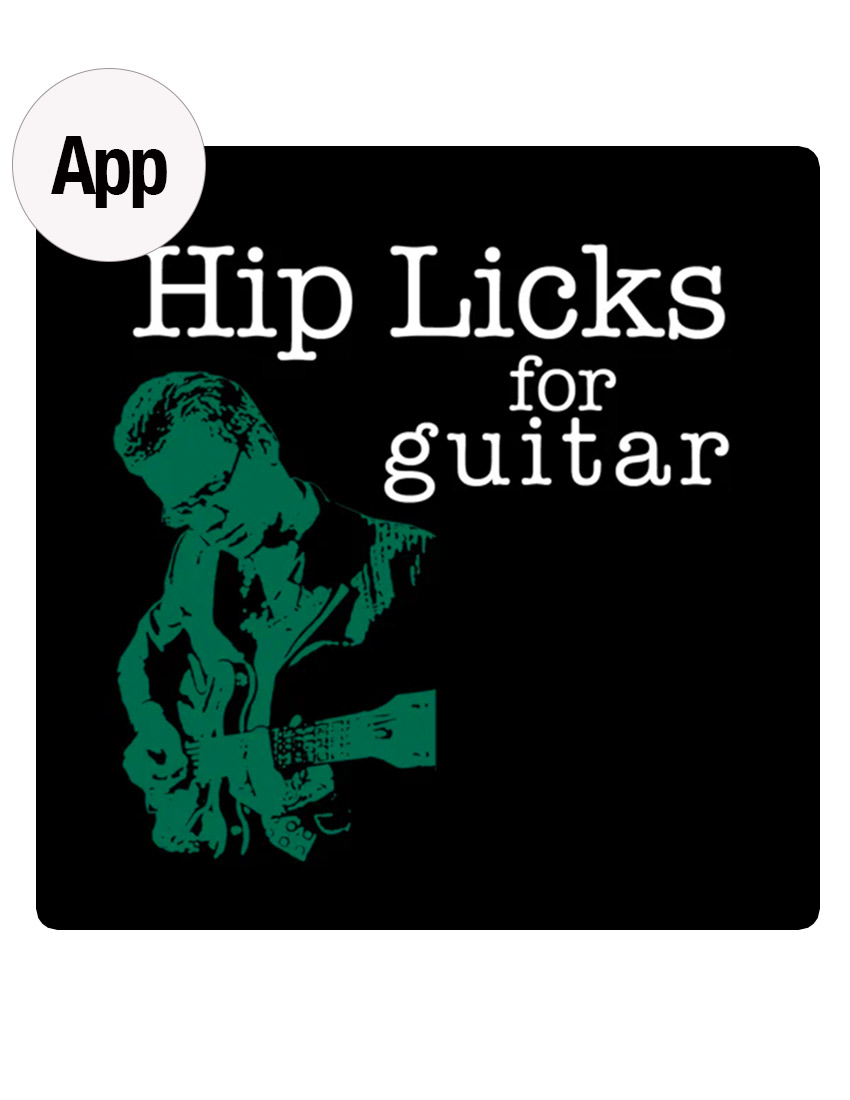 Hip Licks for Guitar iPhone / iPad App
$13.99
Hip Licks for Guitar iPhone / iPad App
$13.99
 Jazz Studios designer T-Shirt (Size Small)
$24.95
Jazz Studios designer T-Shirt (Size Small)
$24.95
 Hip Licks for Alto Sax Vol 2 iPhone / iPad App
$12.99
Hip Licks for Alto Sax Vol 2 iPhone / iPad App
$12.99
 Hip Licks for Tenor Sax Vol 2 iPhone / iPad App
$12.99
Hip Licks for Tenor Sax Vol 2 iPhone / iPad App
$12.99
 Hip Licks for Tenor Sax Vol 1 iPhone / iPad App
$12.99
Hip Licks for Tenor Sax Vol 1 iPhone / iPad App
$12.99
 Hip Licks for Alto Sax Vol 1 iPhone / iPad App
$12.99
Hip Licks for Alto Sax Vol 1 iPhone / iPad App
$12.99
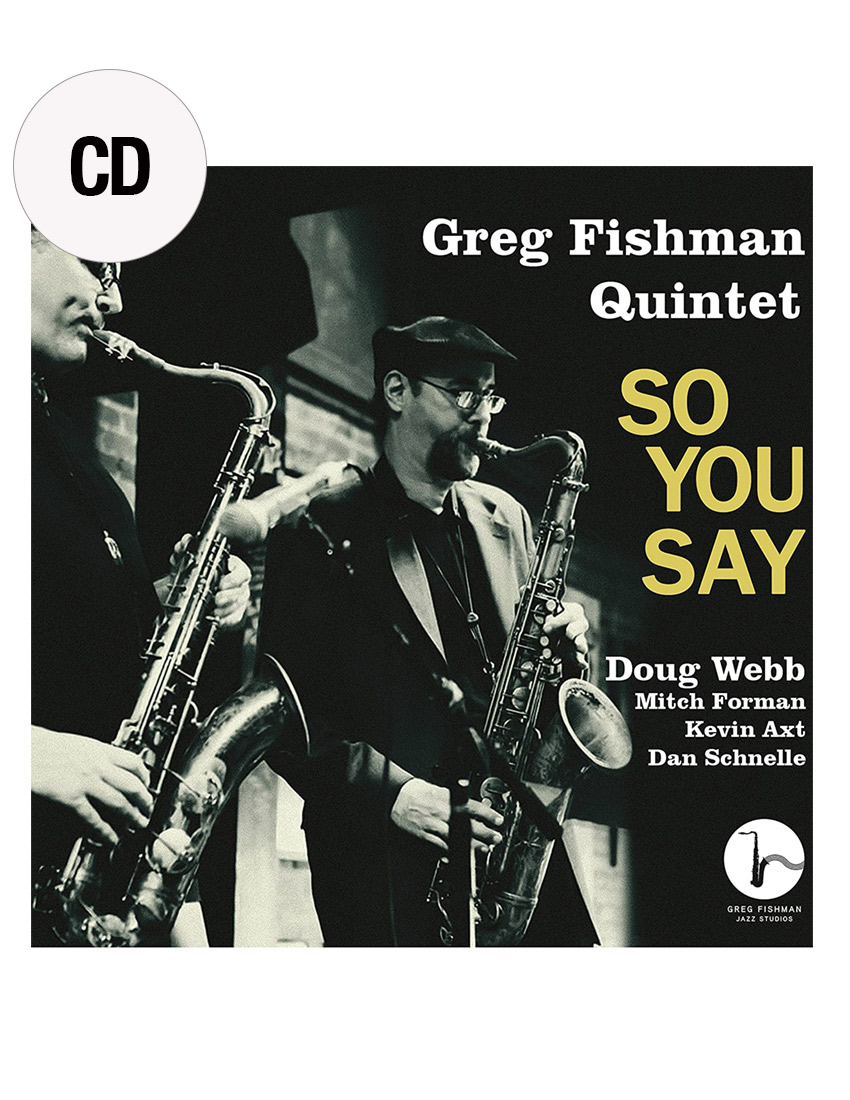 So You Say
$14.95
So You Say
$14.95
 10 Skype Lesson Pack
$1,100.00
10 Skype Lesson Pack
$1,100.00
 5 Skype Lesson Pack
5 Skype Lesson Pack
 3 Skype Lesson Pack
$360.00
3 Skype Lesson Pack
$360.00
 1 hour Skype Lesson
1 hour Skype Lesson
 Jazz Studios designer T-Shirt (Size medium)
$24.95
Jazz Studios designer T-Shirt (Size medium)
$24.95
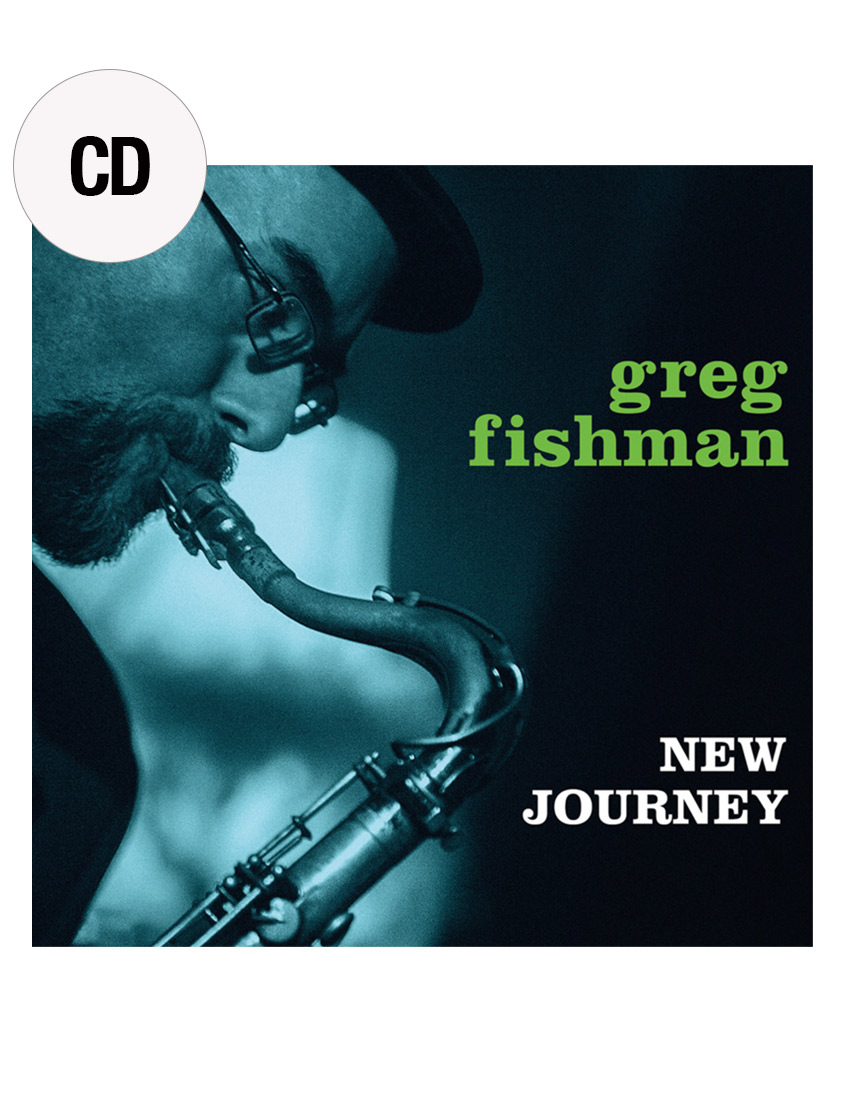 New Journey
$16.95
New Journey
$16.95
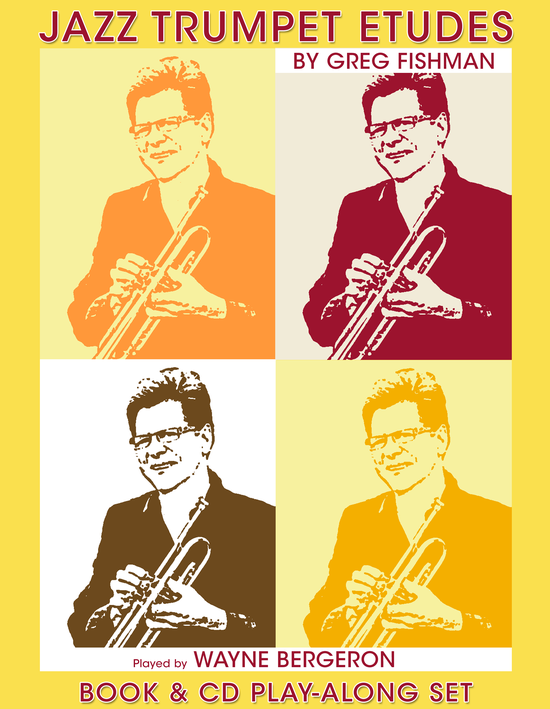 Jazz Trumpet Etudes
$24.95
Jazz Trumpet Etudes
$24.95
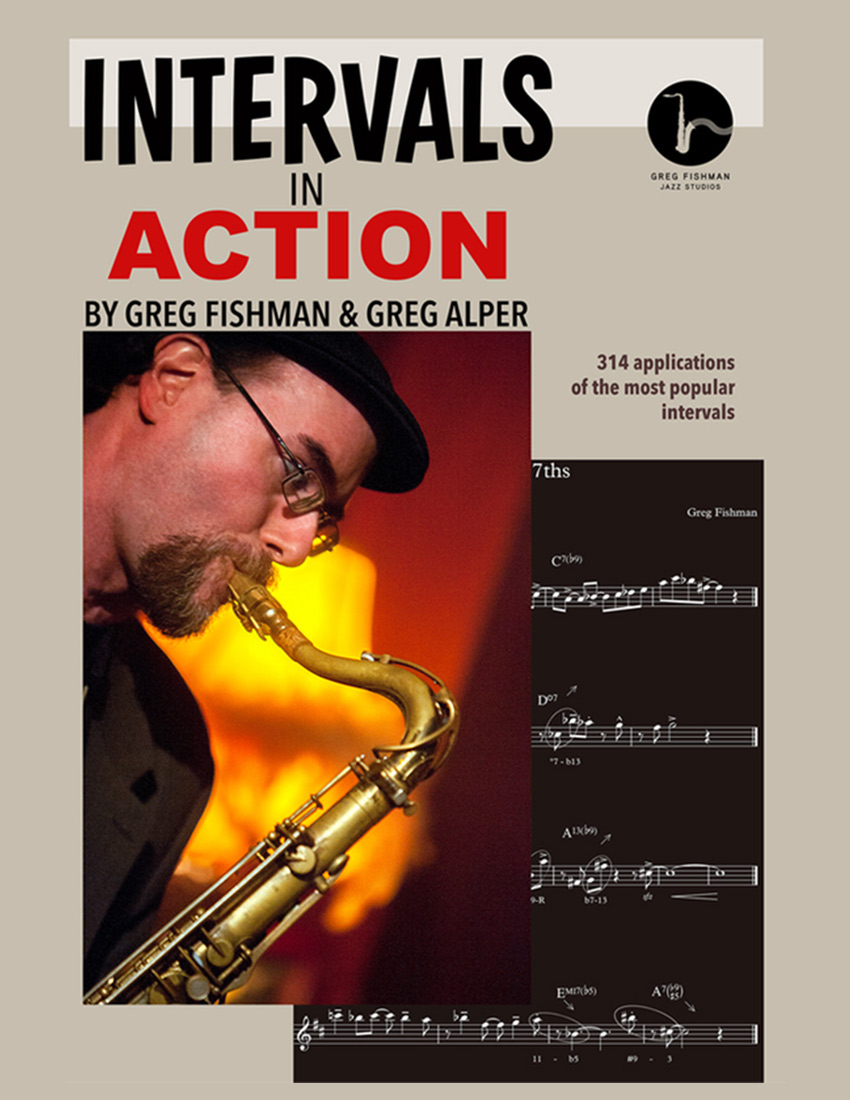 Intervals in Action
$24.95
Intervals in Action
$24.95
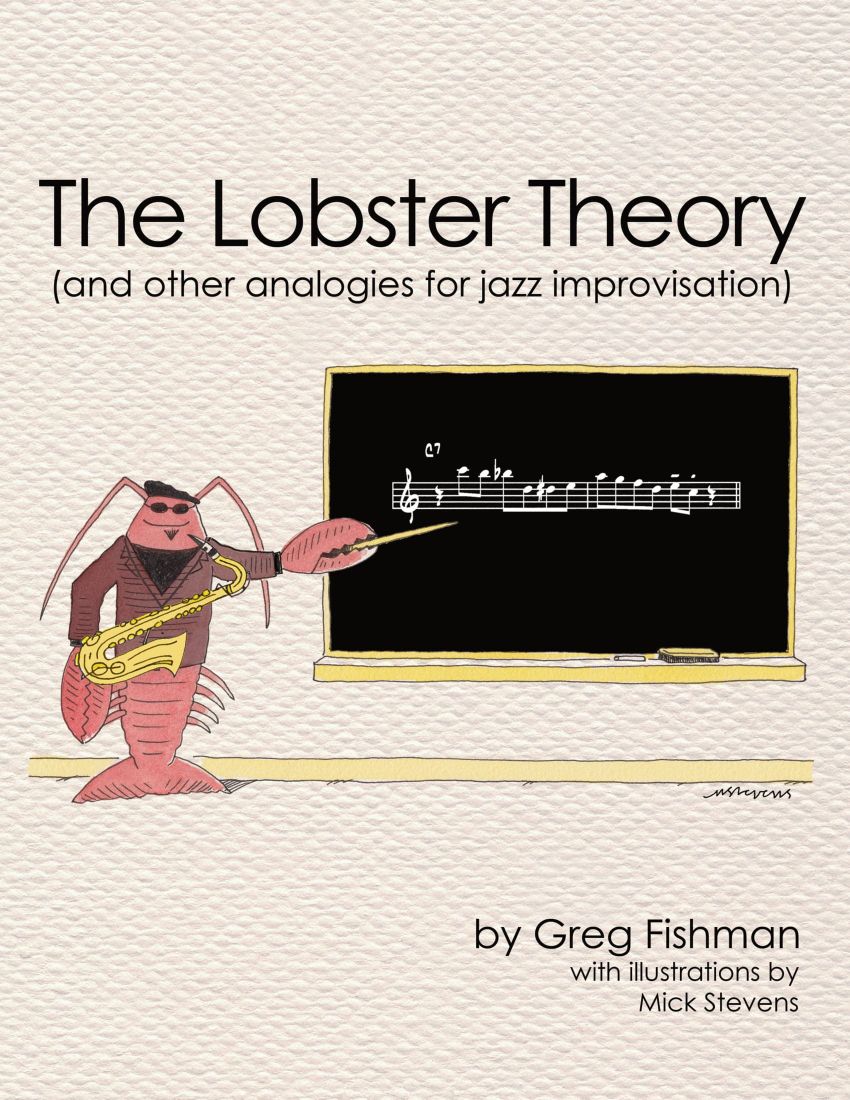 The Lobster Theory (and other analogies for jazz improvisation)
$29.95
The Lobster Theory (and other analogies for jazz improvisation)
$29.95
LESSON 1: Four Directions – Thinking Locally and Globally
I often mention practicing in four directions for gaining mastery over your scales, chords and intervals. In this video lesson, I explore and explain the four directions. I describe the difference between thinking “locally” and “globally” when playing a sequential pattern.
LESSON 2: Finding the hidden Diminished and Augmented Chords in the Chromatic Scale
In this video lesson, I show you how to use the chromatic scale to diminished chords and augmented chords. Although I demonstrate these same chords in different video lessons (playing all of them on piano), this is an alternative approach, designed to help players that find it a real challenge learning the traditional way.
LESSON 3: Exploring Hip Lick #37
In this video lesson, I work with lick #37 from the book “Hip Licks for Saxophone Volume 1.” This is a two-measure C7 lick that uses part of the bebop scale, contrary motion, sequence and a diatonic enclosure.
In this video lesson, I share my technique for this popular special effect tonguing used by Getz, Bird, Pres and many of the top players from the Swing/Bop era. This one is intentionally an “all-ear” lesson, so there are no practice notes on this one.
LESSON 5: Listening Recommendation: Clifford Brown • Max Roach
This amazing 1958 album has so many classics…Daahoud, Joy Spring, Jordu, Parisian Thoroughfare…all on the same album. The beauty and symmetry of Clifford’s playing throughout this album is breathtaking.